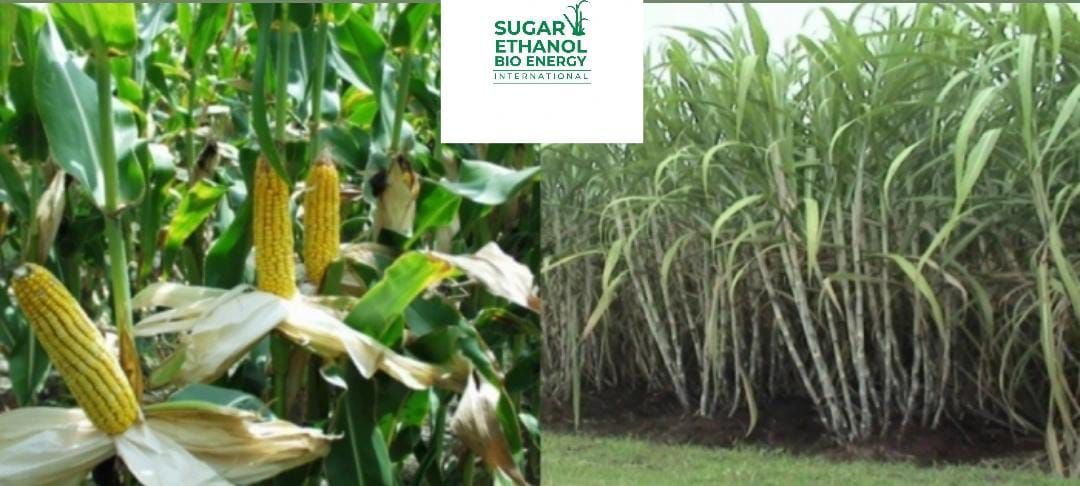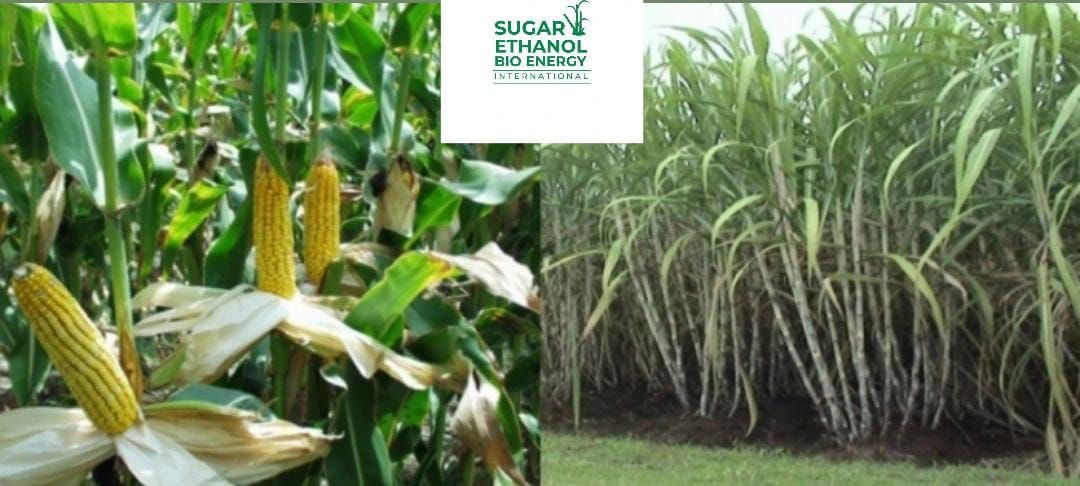
In a major step toward strengthening India’s bio‑fuel supply chain, the Indian Council of Agricultural Research (ICAR) in collaboration with the Indian Institute of Maize Research (IIMR), Ludhiana, has developed an innovative intercropping system that integrates sugarcane with short‑duration maize. This model is designed to deliver year‑round feedstock for ethanol production, boost farmer incomes and optimize the use of land and agricultural inputs.
Sugarcane (Saccharum officinarum L.) is one of India’s most important commercial crops, grown across approximately 5.4 million hectares in states such as Uttar Pradesh, Maharashtra, Karnataka and Tamil Nadu.
However, when cultivated as a monocrop (typically 10–15 months of growth before harvest), farmers only receive income once a year and often rely on middlemen or credit during the off‑season. At the same time, many sugar mills operate for a brief window of 3‑5 months annually, restricting ethanol production from sugarcane to a limited period.
Recognizing this, ICAR‑IIMR launched the project “Enhancement of Maize Production in the Catchment Area of Ethanol Industries” under the Ministry of Agriculture & Farmers’ Welfare.
The Intercropping Model
The system involves intercropping sugarcane with a short‑duration maize hybrid (about 100 days) during the early growth phase of sugarcane. Maize is sown in the inter‑rows of newly planted sugarcane, leveraging the slower initial growth of cane to accommodate maize without significant competition for resources.
Maintaining maize plant density at around 33‑50% of the usual sole maize stand. Applying an additional top‑dressing of urea to support maize growth without compromising the cane. “Detopping” maize at the brown‑husk stage, which allows in‑situ drying of maize grains and improves light penetration for the sugarcane below. The detopped maize also serves as green fodder.
Sugarcane‑equivalent yields increased by approximately 28%. Additional maize yield of about 3.5‑5 tonnes/ha was achieved.
Net returns increased by roughly ₹50,000–1,00,000 per hectare in the pilot areas. Cost of maize cultivation under this model was about 75% lower compared to sole‑maize cultivation.
Beyond economics, the model yields environmental and resource‑use benefits: optimized water, fertilizer and pesticide use, improved soil health, and assured year‑round feedstock supply for dual‑feed ethanol distilleries.
Scalability & Future Potential
The model has significant potential for scale. Rough estimates suggest that about 50% of planted cane area (~15 lakh hectares) is amenable to adoption, which could generate 40‑60 lakh tonnes of maize annually — enough to provide feedstock for nearly 500 sugarcane‑based ethanol distilleries.
Such integration helps align agriculture with India’s ethanol blending targets, enhances farm income stability and supports energy security.
Training and capacity building of farmers and extension staff in intercropping practices. Access to short‑duration maize hybrids suited to intercropping and local conditions. Coordination between distilleries, sugar mills and farmers for grain procurement and ethanol feedstock supply. Addressing region‑specific constraints such as water availability, soil type, pests and labour.
The ICAR‑IIMR sugarcane + maize intercropping model exemplifies how science‑led agronomic innovation can deliver a win‑win: higher farmer incomes, more efficient resource use, and a reliable feed‑stock supply for ethanol production. As India pushes toward higher blend targets in petrol and strengthens its bio‑fuel economy, such integrated cropping systems offer a path to sustainable intensification and energy‑agriculture synergy.



